Jerry Donahue was one of the founding members of the Hellecasters.
His unique fingerpicking style allowed him to make a Telecaster sound like a pedal-steel. His bending technique along with a few behind-the-nut bends here and there create some amazing sounds.
He played with numerous bands in the British folk/rock scene through the late 60’s and early 70’s.
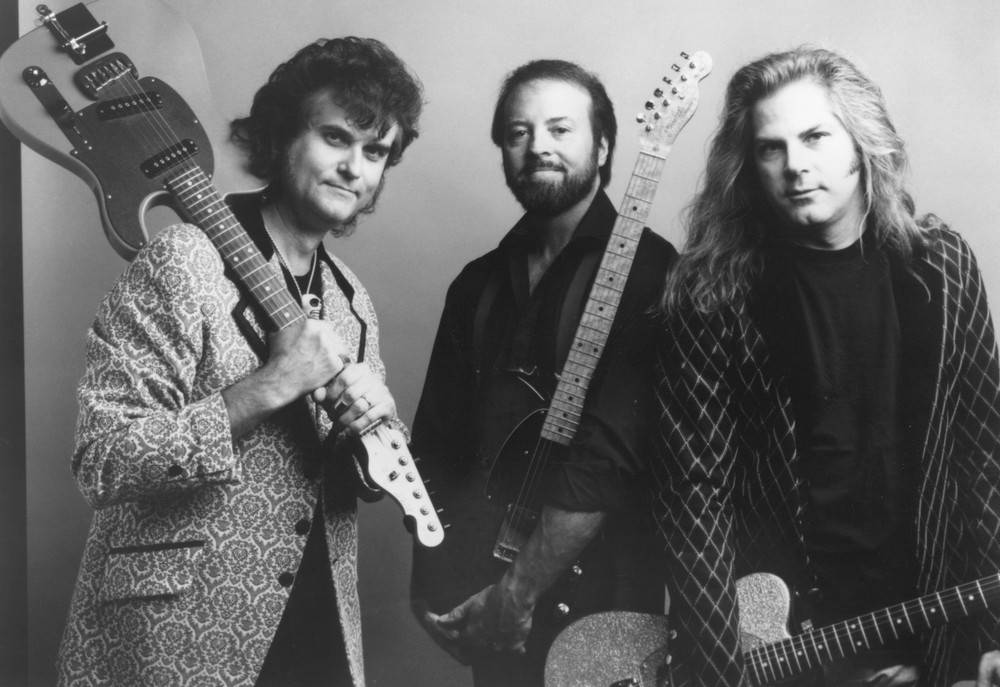
Jerry once told a story in an interview with Seymour Duncan in 2014, were he was working in a guitar shop in London around November 1968.
“I sold a Cherry Red Gibson 335 to Eric Clapton a week before the farewell Cream performance at the Royal Albert Hall.”
Signature Guitars
Over his career, Jerry has worked with quite a few guitar companies to produce some great and very versatile guitars.
Fender JD Tele in 1991, both as a Custom Shop and MIJ version. Featured a Strat single coil in the neck and custom 5-way wiring.
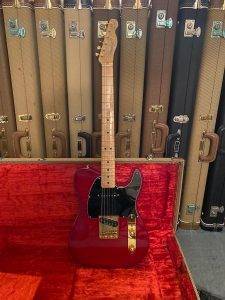
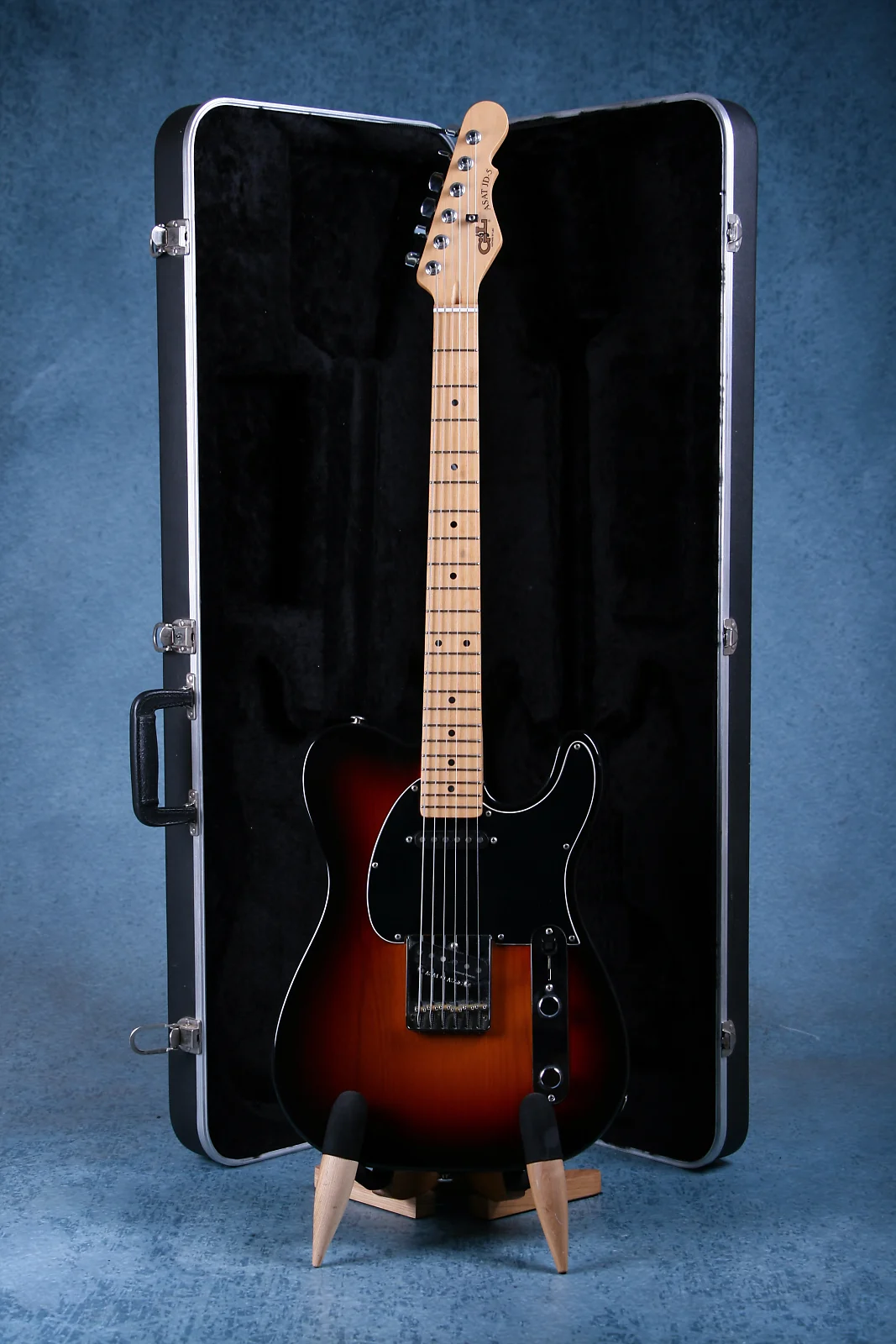
G&L 2004 called the ASAT JD-5. Never really made it into production. Only around 20 were ever made.
Peavey 2005 – 2009, Omniac JD The first to feature his signature Seymour Duncan pickups. Same custom 5-way wiring.
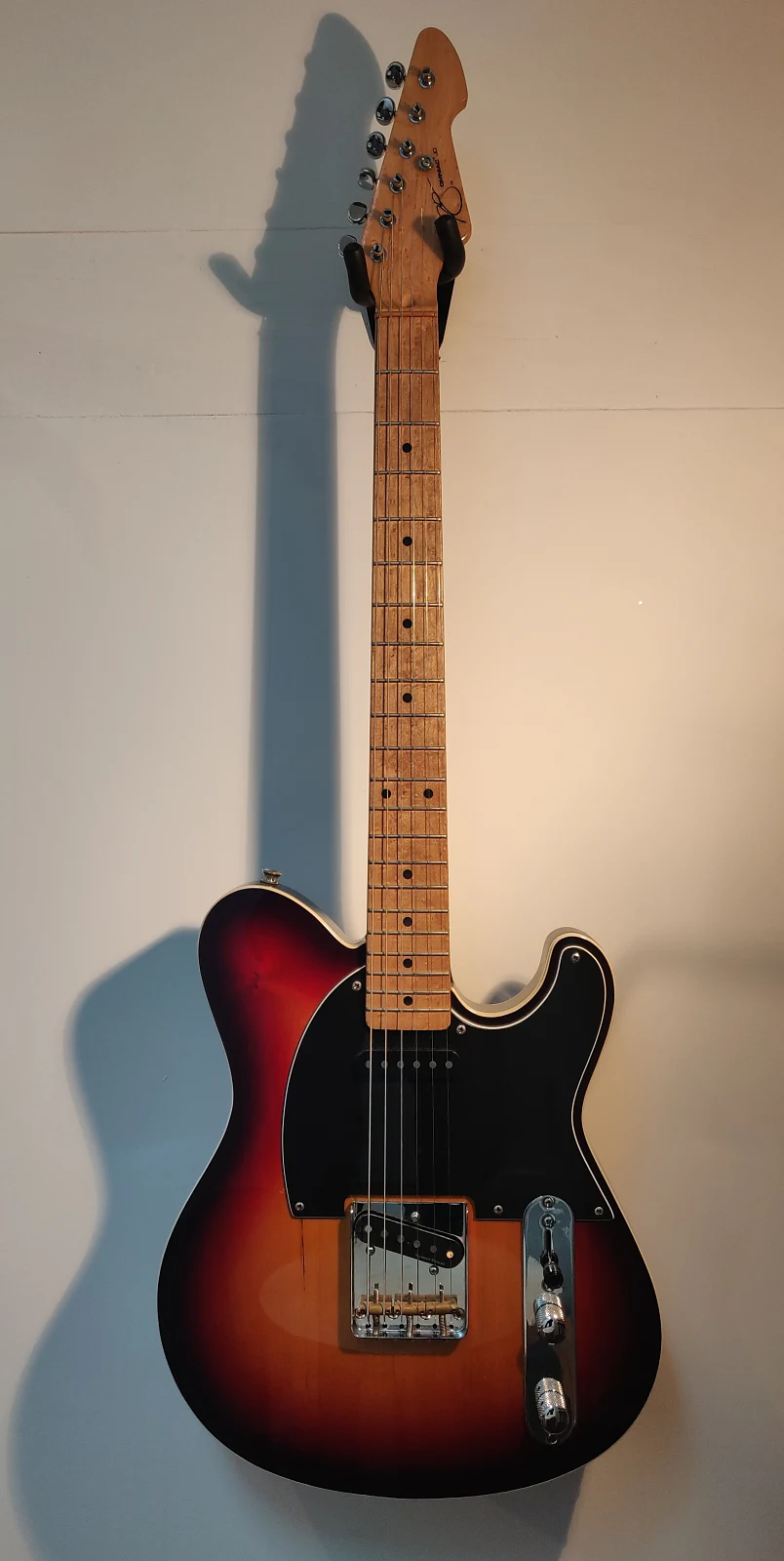
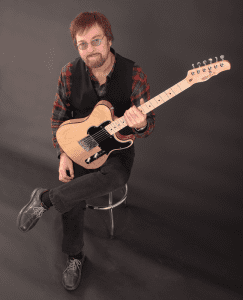
Fret-King 2010, Fret-King JDD. Also a budget version – Vintage V58JDAB
The one thing that has stayed the same though all of the signature guitars has been the custom 5-way wiring. The idea behind it was to keep the standard Telecaster wiring but to add a Strat neck pickup sounds and a more jazz orientated tone.
Here—in Donahue’s own words—is a description of the tones delivered by the custom 5-way switching:
- Position 1: The rich and sparkling neck position of a traditional Stratocaster, resulting in that unmistakable vintage single-coil sound that echoes the soaring, majestic blues tones of the ’60s and ’70s.
- Position 2: The neck pickup with a special capacitor engaged. This yields a tone ordinarily associated with an archtop jazz guitar. Add overdrive to capture that classic late-’60s “woman tone.”
- Position 3: The neck and bridge pickups in a custom parallel wiring. This produces an enhanced, contemporary version of a Telecaster’s traditional middle-position tone.
- Position 4: Combines both pickups with a capacitor and resistor to create a controlled degree of reversed phase. This offers a Stratocaster’s popular “in-between quack tone.”
- Position 5: The solo bridge pickup with the gutsy lead sound of the very best ’50s Telecasters.
- Position 1: Solo neck pickup (like standard Telecaster wiring).
- Position 2: Neck pickup with additional 3300 pF cap to ground.
- Position 3: Neck + bridge pickup in parallel with additional 2200 pF cap to ground.
- Position 4: Neck + bridge pickup in parallel, half out-of-phase.
- Position 5: Solo bridge pickup (like standard Telecaster wiring).

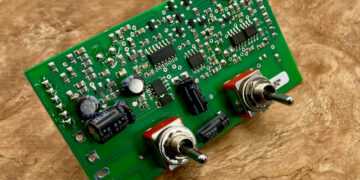
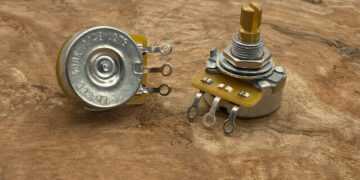

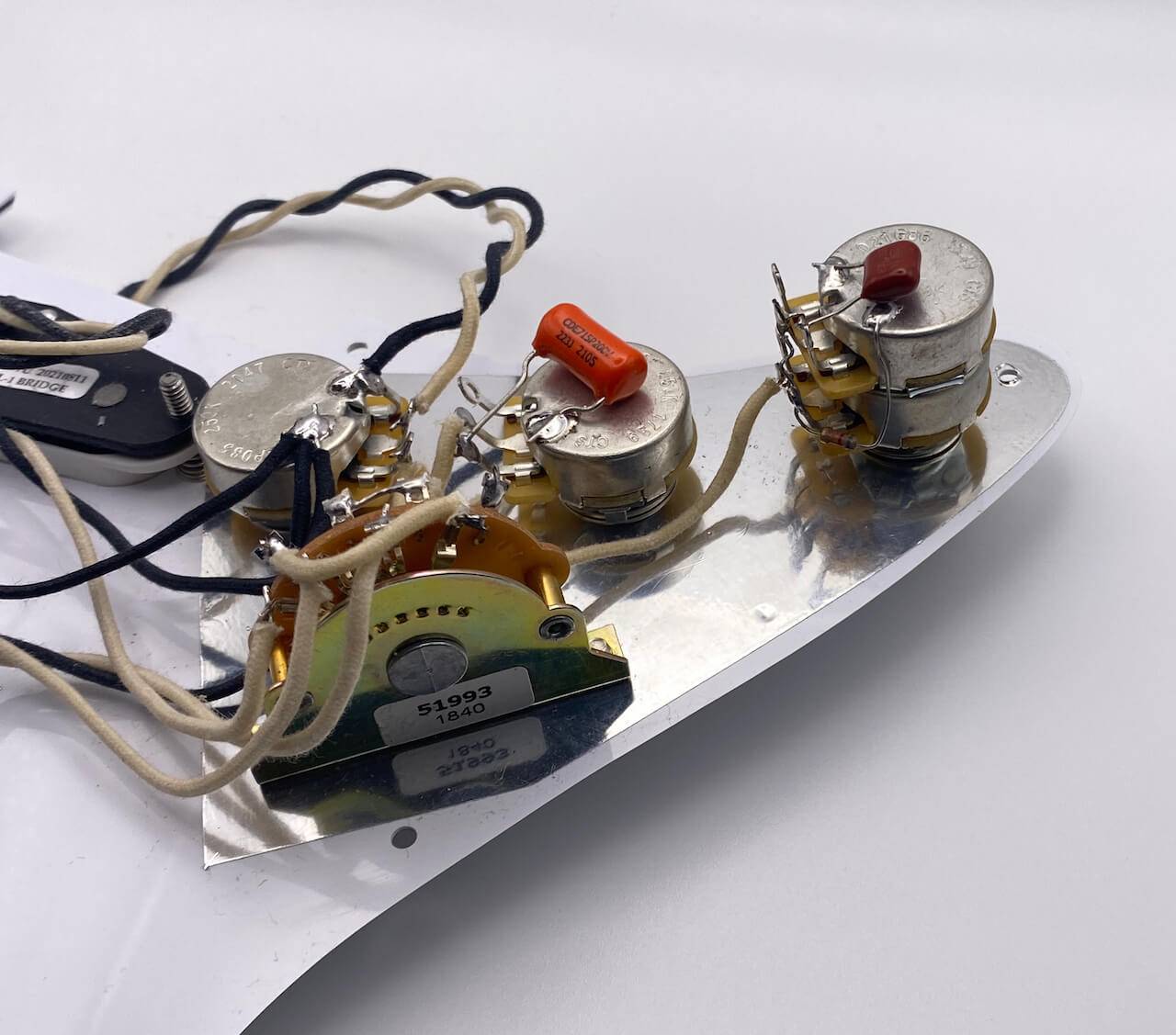

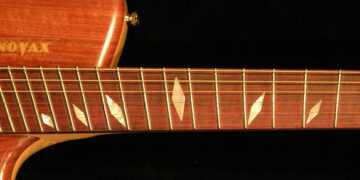
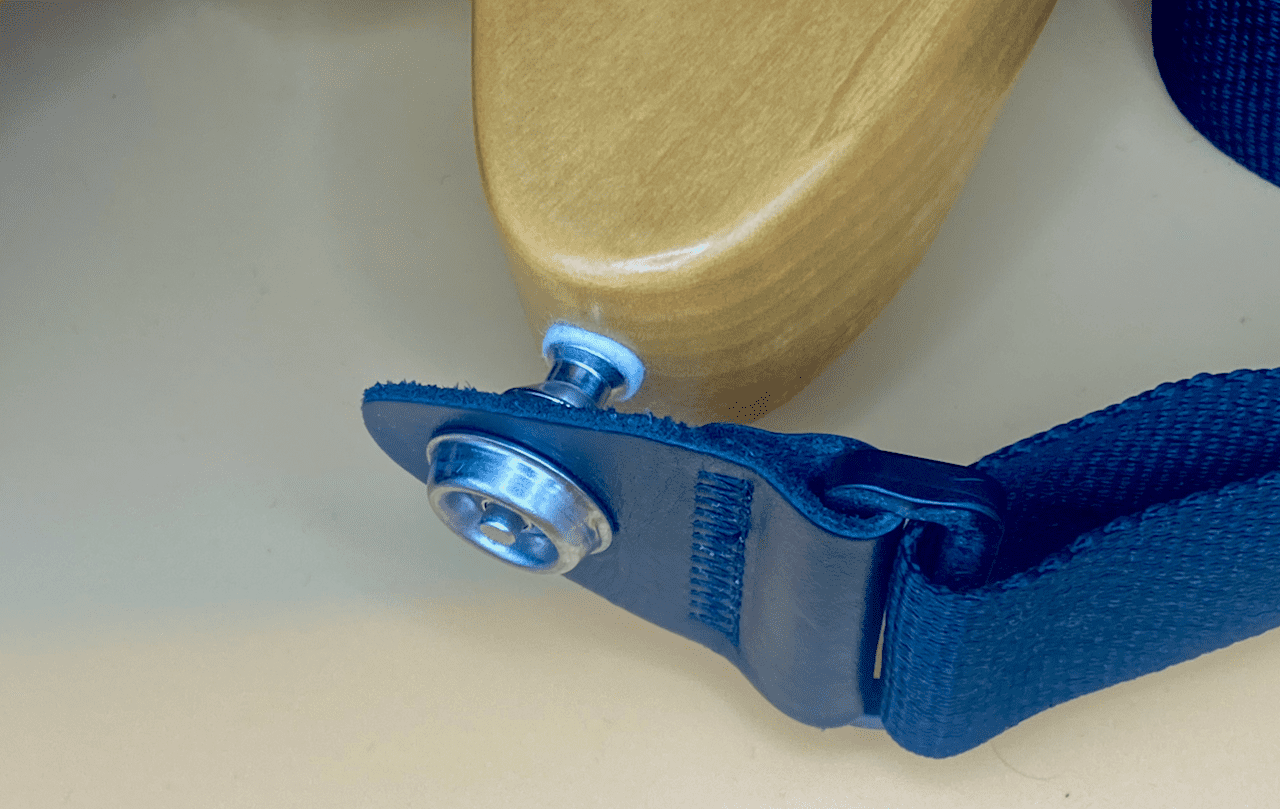
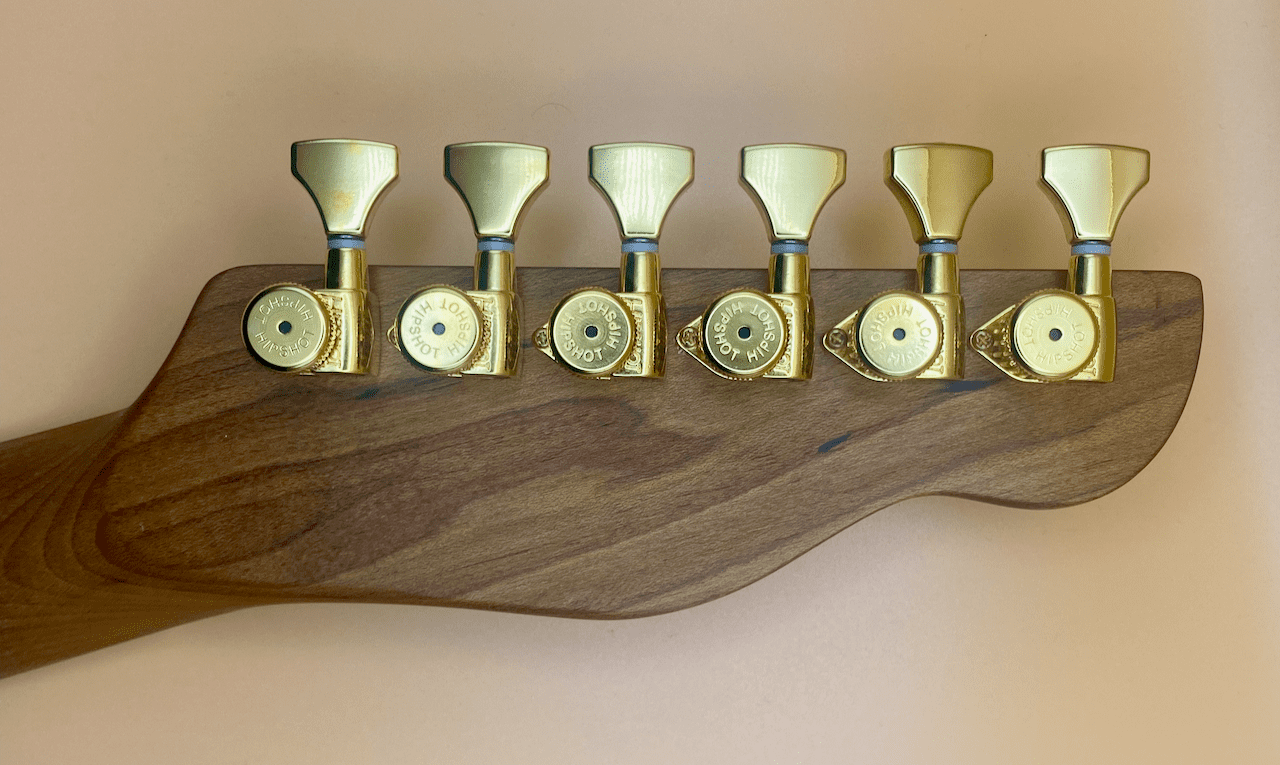
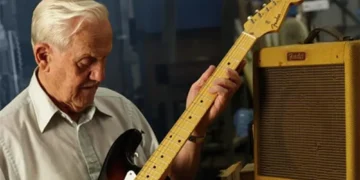



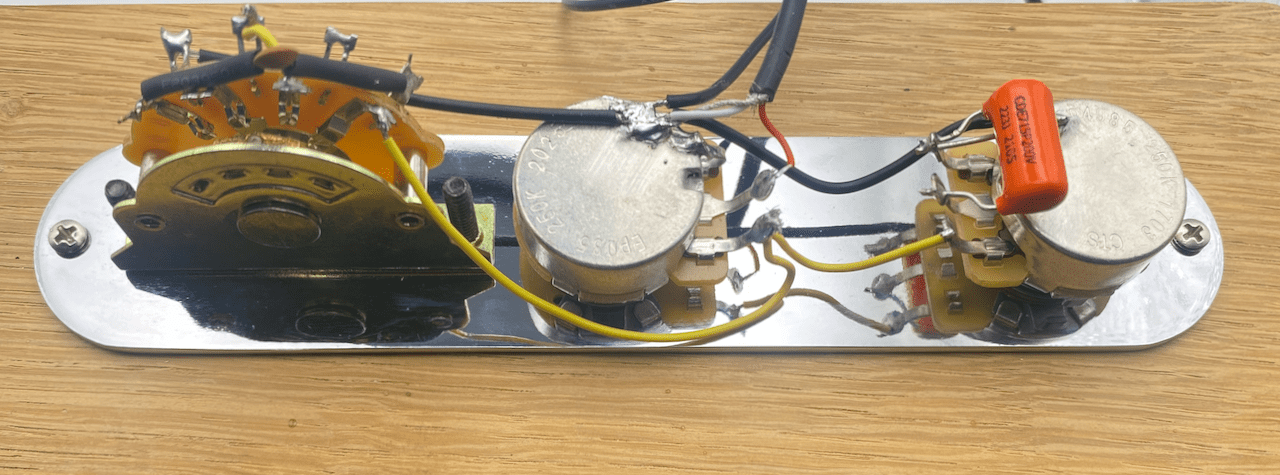
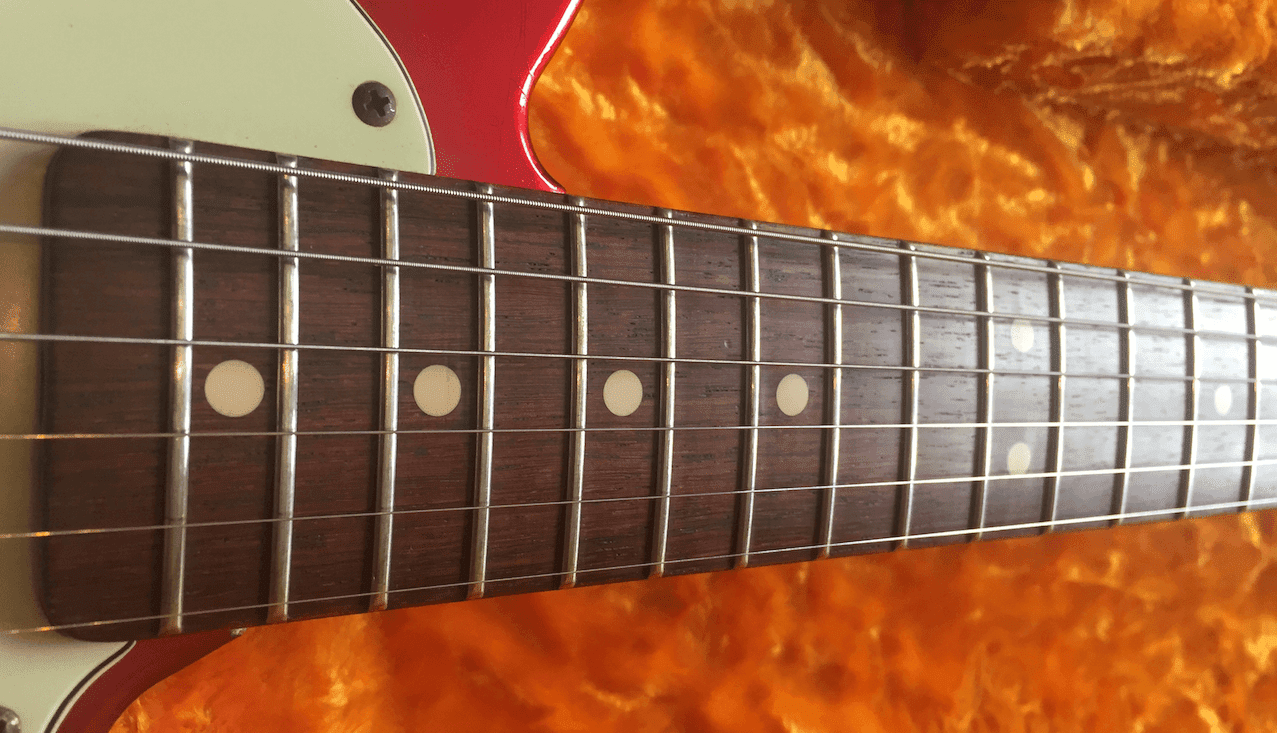
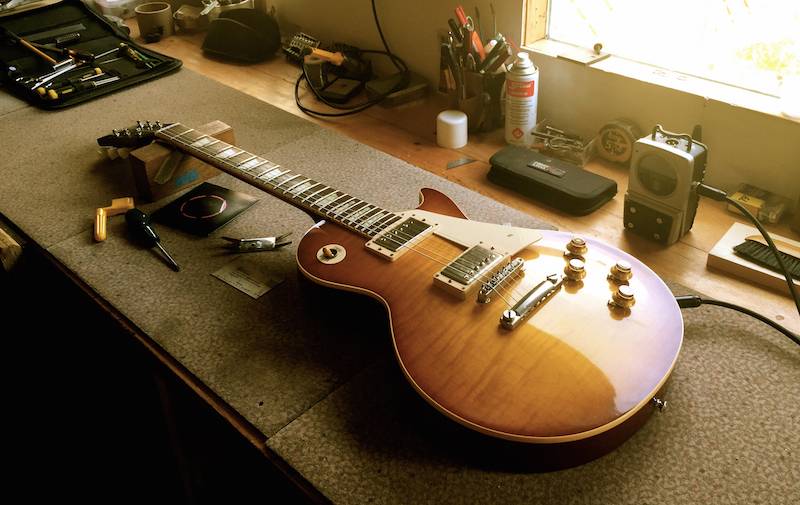

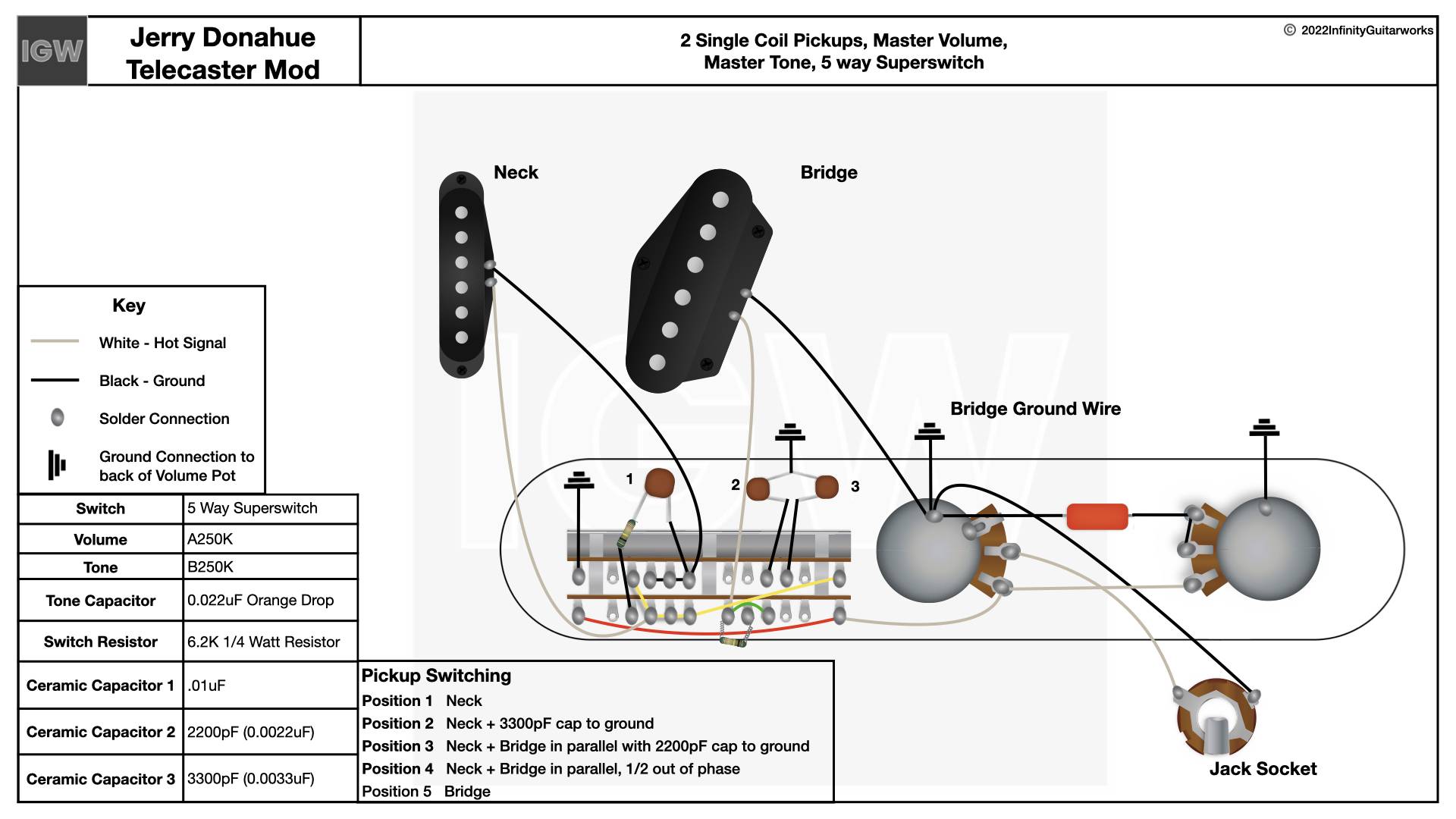

Comments 1